Healdsburg’s best wine-tasting collective showcases Sonoma-based small-production wineries.
About a mile from Healdsburg Plaza along Westside Road, Spanish Mediterranean–style buildings ring the large piazza at Bacchus Landing, an ambitious tasting collective of wineries with Sonoma County connections. Intriguing people and stories are behind these family-run operations, some producing fewer than 1,000 cases annually.

Convene by Dan Kosta
In the first space on the right after passing through Bacchus Landing’s gated portal, Convene by Dan Kosta focuses on Chardonnay and Pinot Noir from the Russian River Valley and the Sonoma Coast. The winemaker is Shane Finley, formerly of Kosta Browne (which Dan cofounded) and Lynmar Estate and currently also with Thirty-Seven Winery and his own Shane Wines.
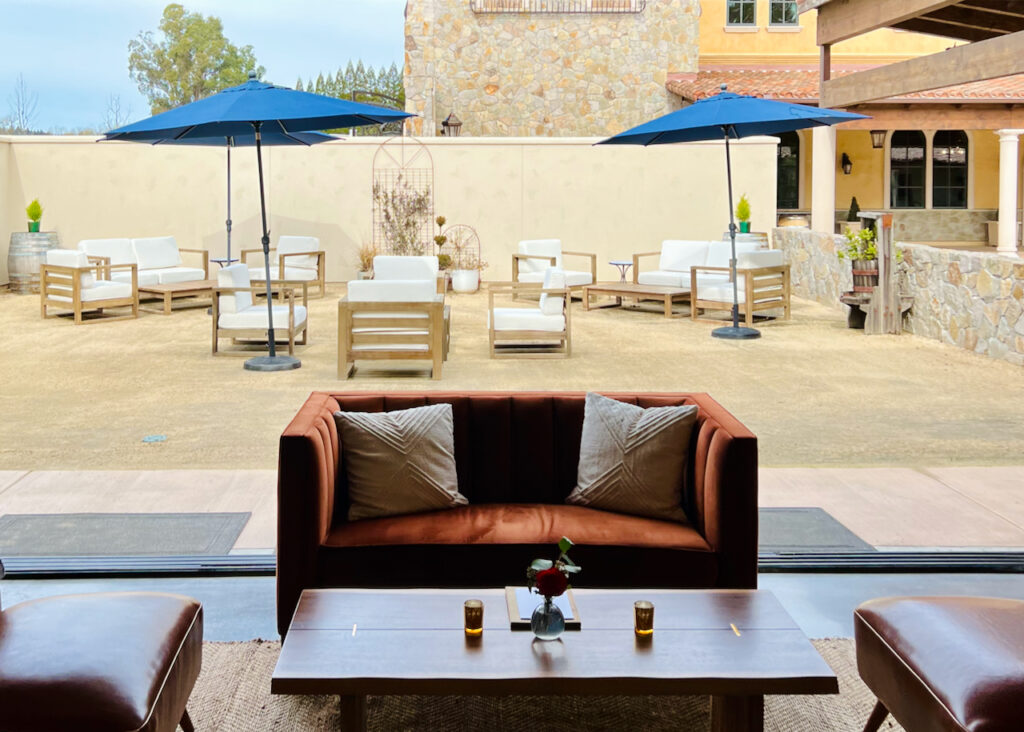
At a 2023 tasting, Finley described Convene’s Rosé of Pinot Noir as more like a white wine and all about its lightness and acidity. An actual white, the Russian River Valley Chardonnay, delighted with its thoughtful blend of grapes from four vineyards and several clones/selections.
Two Pinots are appellation blends from a few sources each. Brambly aromas and a combination of cherry-cola richness and earthiness characterized a recent Sonoma Coast Pinot Noir. A Russian River Valley wine was lighter and more sophisticated than many from this appellation. Russian River Valley fruit “doesn’t need a lot of extraction,” notes Kosta.
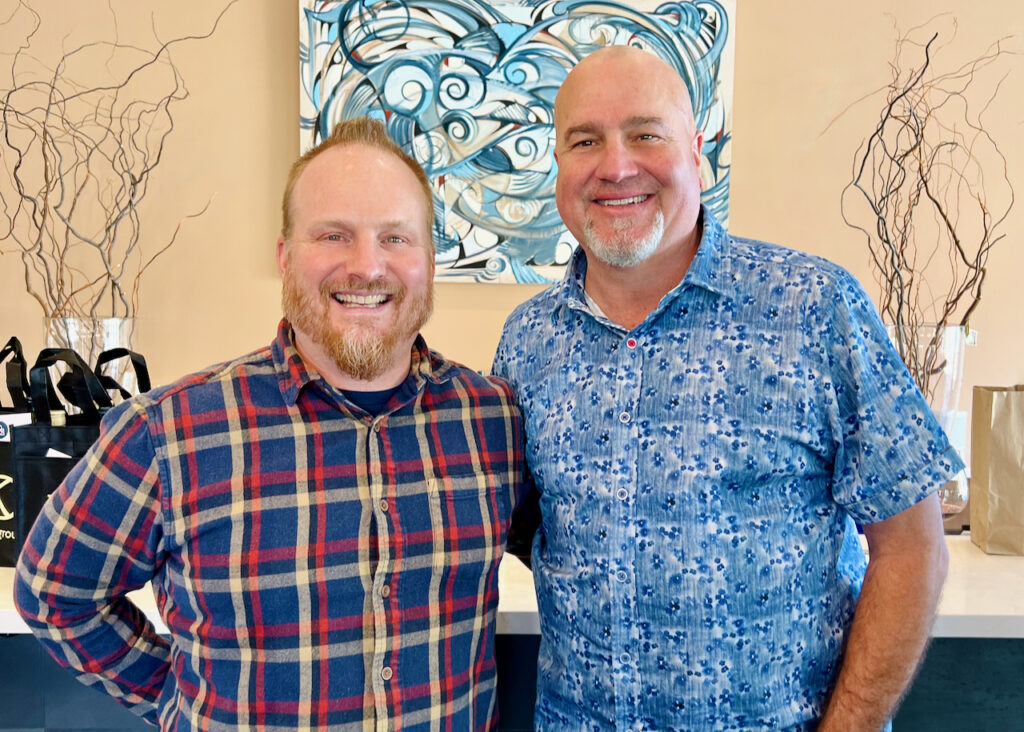
Among the single-vineyard offerings are outstanding ones from Campbell Ranch, near the Pacific in the West Sonoma Coast AVA (American Viticultural Area), and the Sunchase Vineyard Pinot Noir (Petaluma Gap AVA almost to Sonoma Mountain). There’s also a Zinfandel from the Limerick Lane Vineyard made with such elegance and flair it might even seduce the varietal’s detractors.
Aldina Vineyard
After running Lowrider Magazine for a decade, Al and Dina Lopez sold the publication in the late 1990s and became Sonoma County winegrowers. On a volcanic hillside in what’s now the Fountaingrove District AVA, Al planted a few acres of his favorite Cabernet Sauvignon clone (number 7), selling grapes to other wineries before taking the plunge and establishing Aldina Vineyards (first vintage 2012). As a youngster, their son, Francisco, worked in the vineyard with his dad, albeit not, he admits, with the enthusiasm he shows now. (Al lavished such attention on the vineyard – and still does – that Francisco and his sister, Monica, who founded Bacchus Landing with him and their parents, refer to it as their third sibling.)
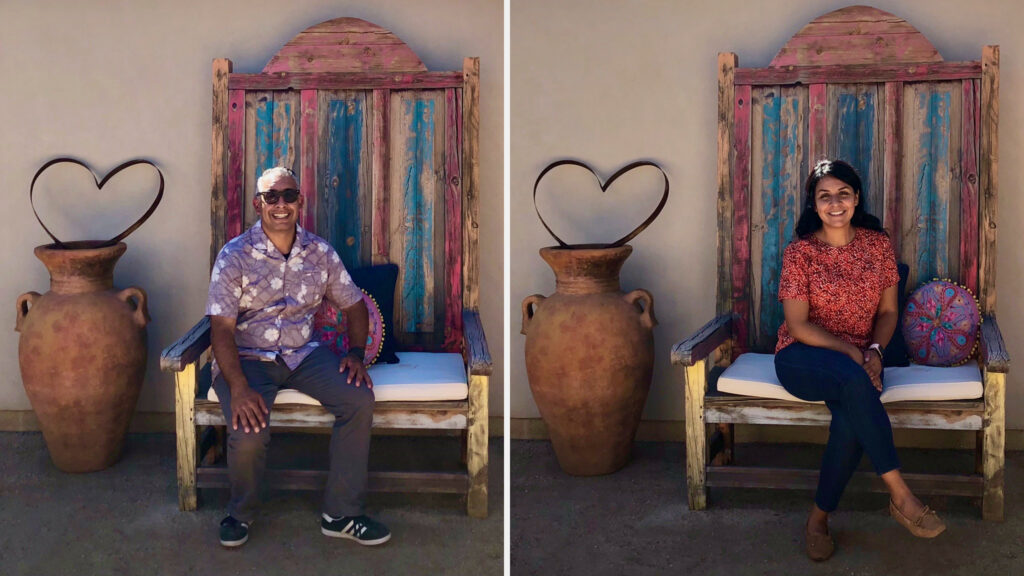
Belen Ceja makes the Aldina wines, among them a Chardonnay, a Rosé of Cabernet Sauvignon, and Cabernet Sauvignon. She acquired some of her wine knowledge via her father, Armando Ceja, the winemaker at well-regarded Ceja Vineyards, and Fresno State University supplied her formal training. The Ceja family’s involvement in the Wine Country dates to the mid-20th century, when Belen’s grandfathers came to California as part of the Bracero program that brought in seasonal farmworkers from Mexico.
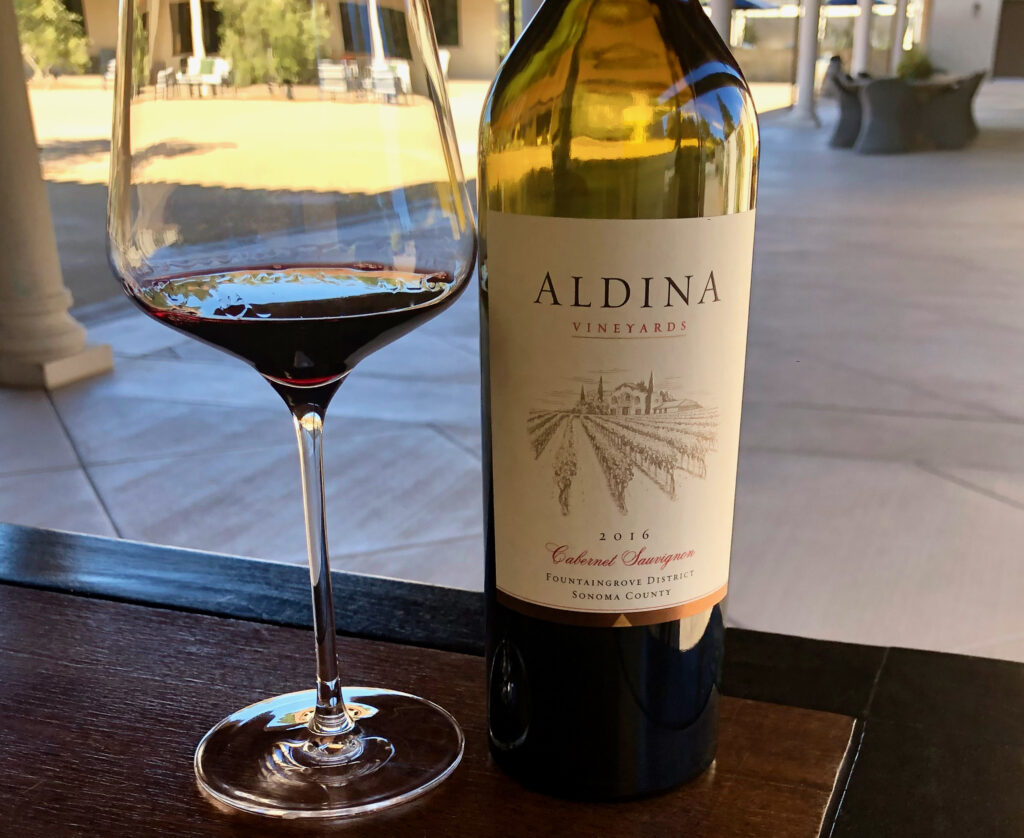
Given its long aging process and heavy dose of French oak – 36 months in 80% new barrels, for instance, in 2016 – the Aldina Vineyards Fountaingrove District Cabernet Sauvignon surprises with its reined-in elegance. The wine represents its appellation well, with spice notes enlivening the predominant pomegranate, cherry, and cherry-cola flavors. Aldina’s rosé comes from the same vineyard.
Dot Wine
Viticulturist and winegrowing consultant Lise Asimont describes Dot Wine as “a labor of love” born of a challenge from her husband, Shawn Phillips, to create the “perfect Pinot Noir.” The couple produces several wines from the grape, along with Sauvignon Blanc, two rosés (of Pinot), an upcoming Zinfandel, and a few others.
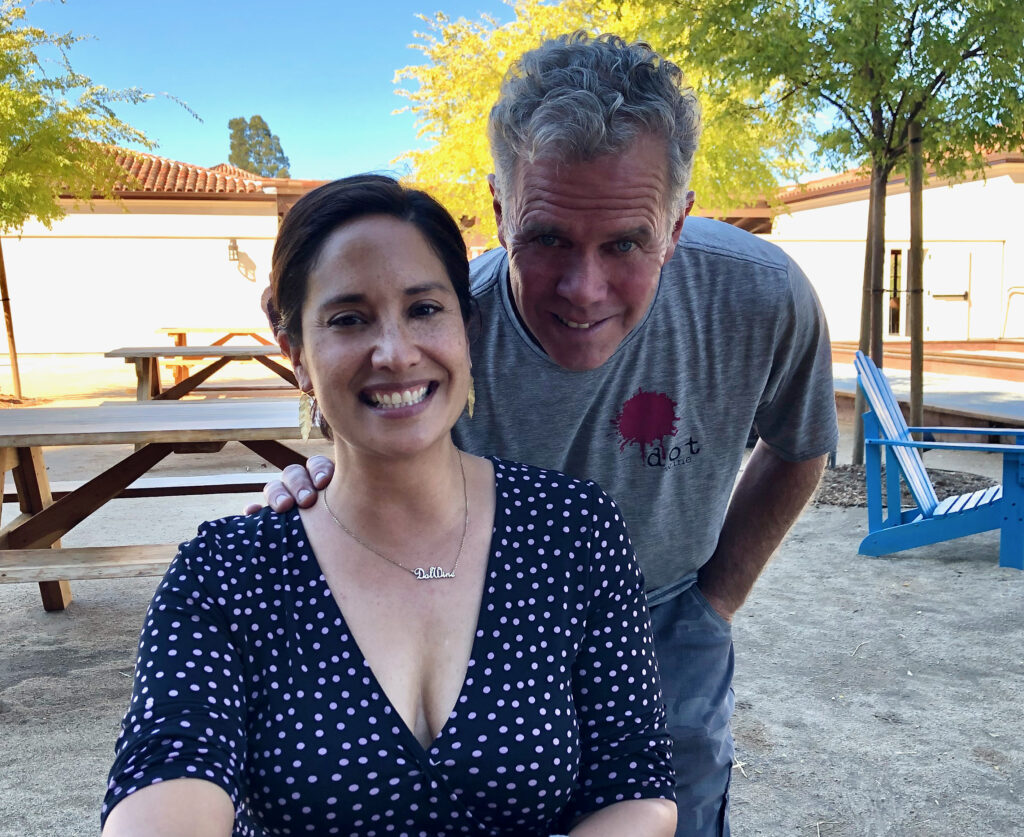
Because of her farming background – at Francis Ford Coppola, Geyser Peak, Cakebread, and Foley – Asimont performs much of her winemaking in the vineyard. She leans toward minimal intervention in the cellar, though she’s enough of a stickler that a colleague admitted he thought she was “a whack job” for her fermentation strategy – until the first (2016) vintage of the flagship Lolita Vineyard Pinot Noir, turned out so well.
“I make wine like a middle-aged Asian woman,” quips Asimont, the daughter of a Filipino mother (her dad’s family was from Alsace). “Everything prepped, very clean, not winging it too much.”
Asked how she got into winemaking, Asimont replies that as the child of an Asian parent, she was under pressure to become a doctor. She did well in science but wasn’t keen to go into medicine. Asimont eventually found her way to the UC Davis Department of Viticulture and Enology, where one of her early mentors, Dr. Andrew Walker, “changed my life,” she says, by suggesting viticulture as a focus.
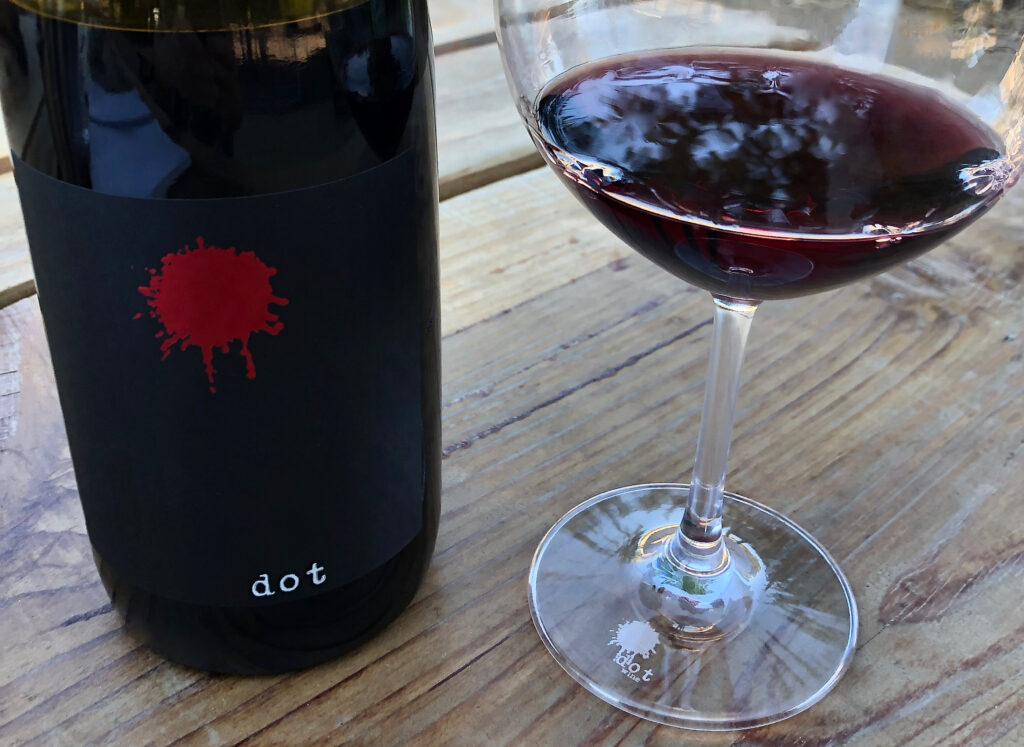
“Our wines are vineyard driven,” says Asimont, “the best example we can put forward of what we tasted and smelled in the vineyard that year. We love the vineyards we’ve chosen and want people to be able to taste them in the glass.” Dot Wine tasting experiences with a culinary component, she says, are “heavily curated” to be “representative of my culture,” containing “a nod to Asian or Hawaiian cuisine” or at least an ethnic dish. The goal with these pairings, she adds, is to “break the tie of Eurocentric foods” so guests will understand, for instance, “that Lolita is lovely with carnitas; you don’t have to have lamb chops.”
Dot Wine’s flagship Pinot Noir (from Dijon clone 777) hails from a vineyard owned by Lee Martinelli Jr. and his wife, Pam, in the Green Valley of Russian River Valley AVA. Perhaps owing to its grapes’ southern exposure, this Pinot Noir, which isn’t as earthy and somber as some from this subappellation, captivates with its floral nose, notes of dark-red fruit, and mild opulence on the finish.
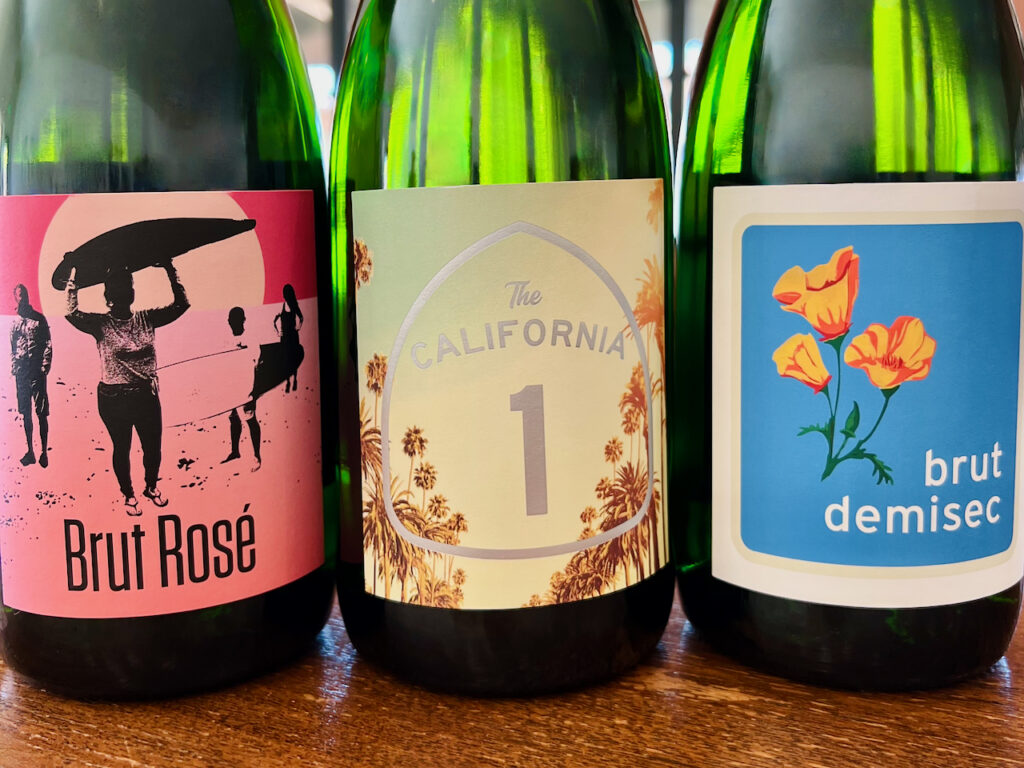
Westside Sparkling
Aldina and Dot Wine share space within Bacchus Landing. Monica, Francisco, Lisa, and Shawn’s friendship, forged through time spent pouring together, evolved into a joint label, Westside Sparking, producing in California sparkling wines. These bubblies overdeliver for their affordable price. Check with Aldina or Dot about tastings.
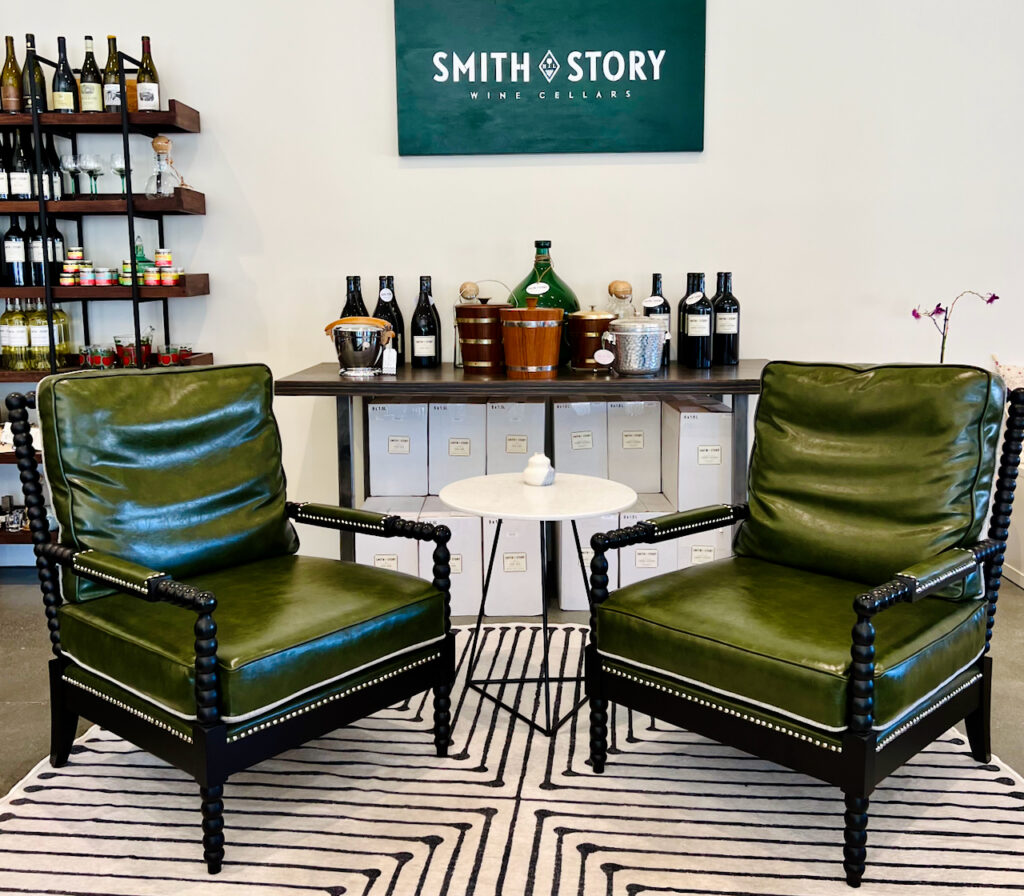
Smith Story Wine Cellars
“This is NOT a vanity project.” So read the 2014 Kickstarter pitch that resulted in Smith Story Wine Cellars becoming what owners Eric Story and Ali Smith-Story bill as America’s first successfully crowdfunded winery. Perennial favorites from the enterprising duo include Sauvignon Blanc, Pinot Noir, and Cabernet Sauvignon, though the lineup has shifted in recent years due to economic and other factors.
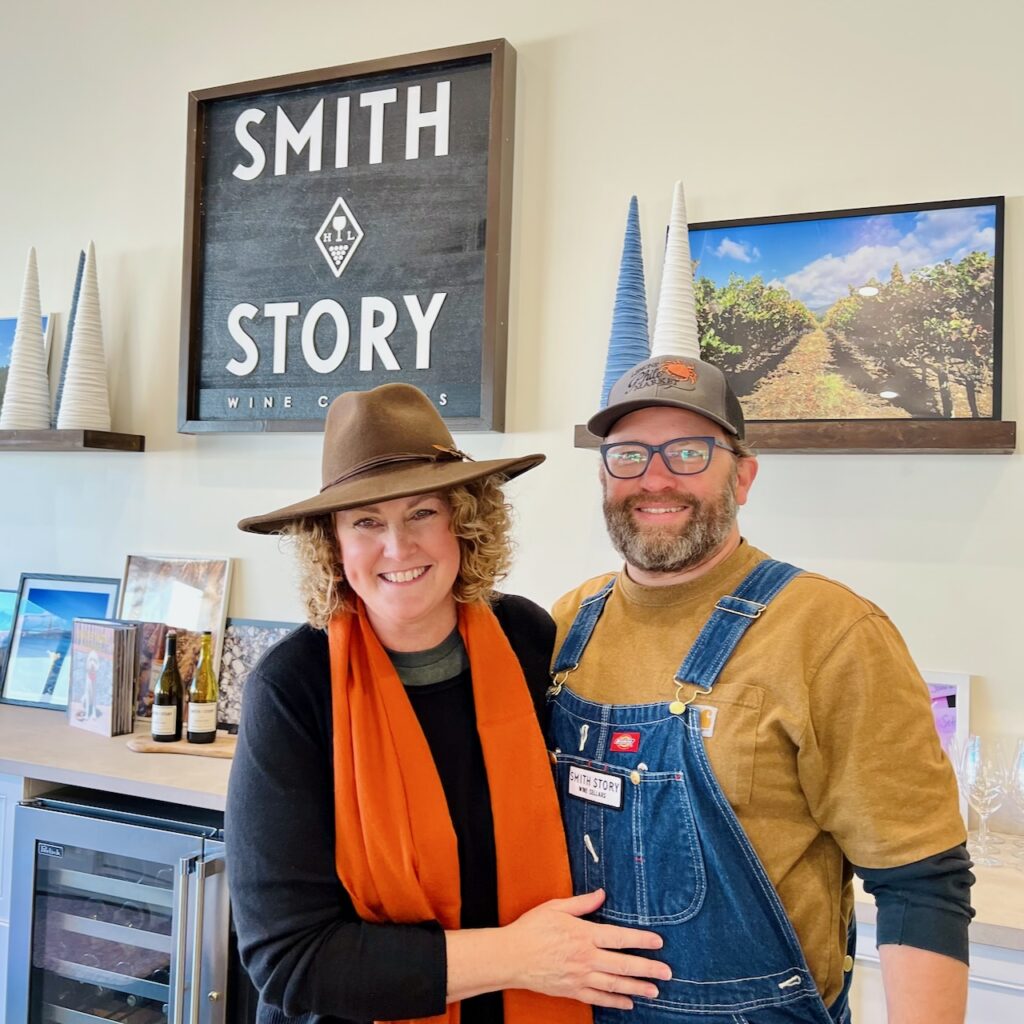
Although grapes from other vineyards are often involved, a longtime Sonoma Mountain site provides most of the Sauvignon Blanc’s fruit. Crafted in stainless steel to preserve freshness and acidity, the wine is invariably bright, with citrus notes predominating and a hint of minerality.
For several years, winemaker Story turned out quietly powerful Pinot Noirs from two Anderson Valley vineyards, Nash Mill and Helluva, but no longer purchases grapes from them because of ownership changes. With low alcohol (12.7%) and a light touch of oak, the 2018 The Boonies Pinot Noir from Nash Mill was typical of Story’s work with the varietal. At five years old, The Boonies, still available as of late 2023, retained the bright cranberry-like flavors and satisfying mouthfeel it exhibited upon release. Here’s hoping Story finds new Pinot Noir sources.

As personable as the vintners and their tasting-room staff are, Lord Sandwich the Goldendoodle is the true star, with his own social-media presence and charitable endeavors. The Smith Story wines are as terrific as the multi-species team and worth seeking out.
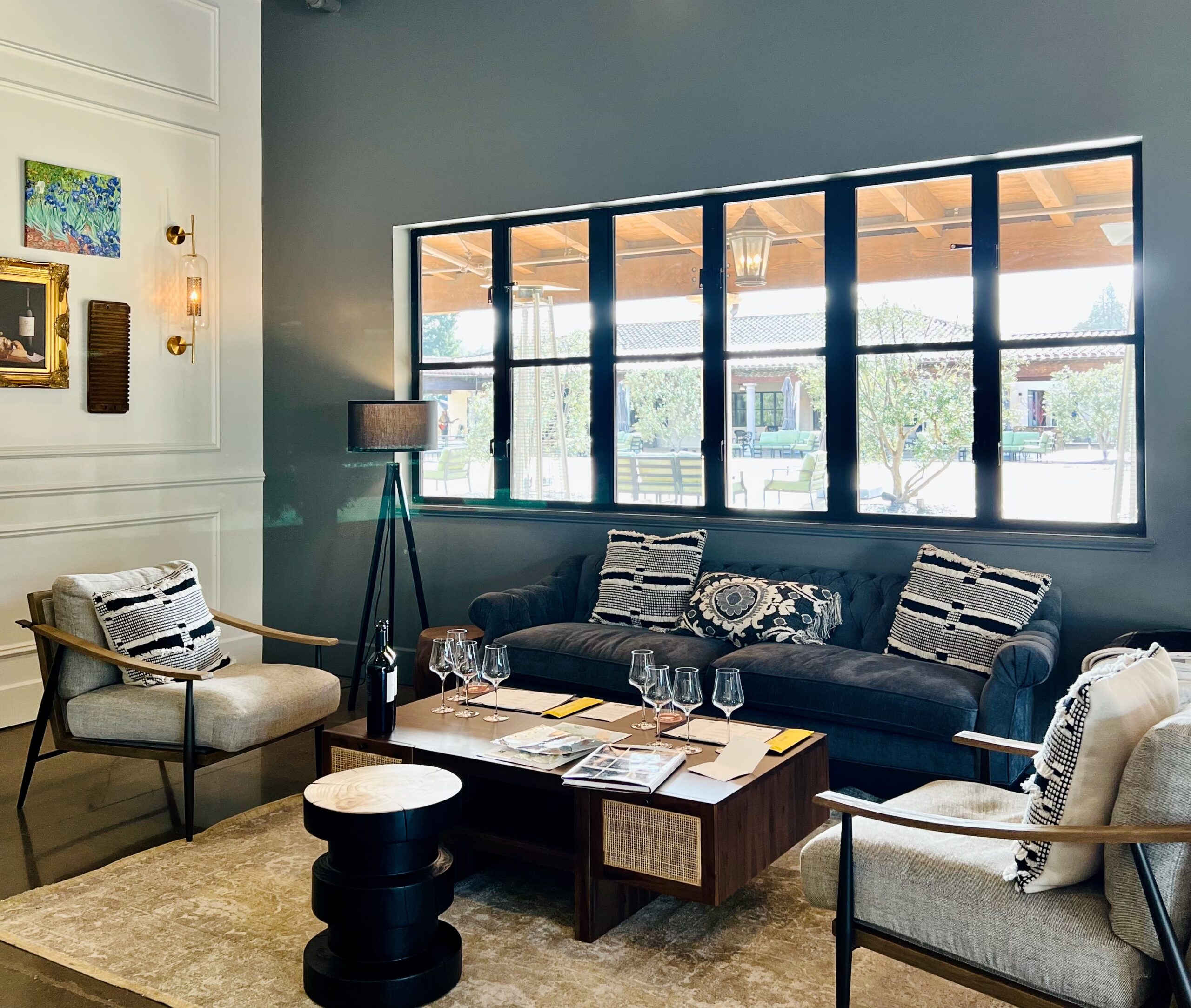
The Setting and Comstock
Update: The Setting Wines and Comstock Wines joined Bacchus Landing in 2023 and 2024, respectively. The Setting, known for Napa and Sonoma Cabernet Sauvignon (with Alexander Valley Sauvignon Blanc and Chardonnay and Pinot Noir from Washington State also in the mix), is a project of Aperture Cellars winemaker Jesse Katz and his friends Jeff Cova and Noah McMahon. Chris Russi makes Chardonnay, Sauvignon Blanc, Viognier, and other whites for Comstock, along with Zinfandel, Merlot, Syrah, Pinot Noir, Grenache, Petite Sirah, and Cabernet Sauvignon.
Logistics
The wineries discussed above see guests by appointment from Thursday through Monday (a few also on Tuesday and Wednesday). Tasting flights start at $25, and wines are also sold by the glass or bottle. Walk-ins are welcome, but making a reservation on summer weekends is a good idea. Guests can bring outside food (but not alcohol) and picnic in the piazza or a redwoods-shaded area nearer Westside Road.
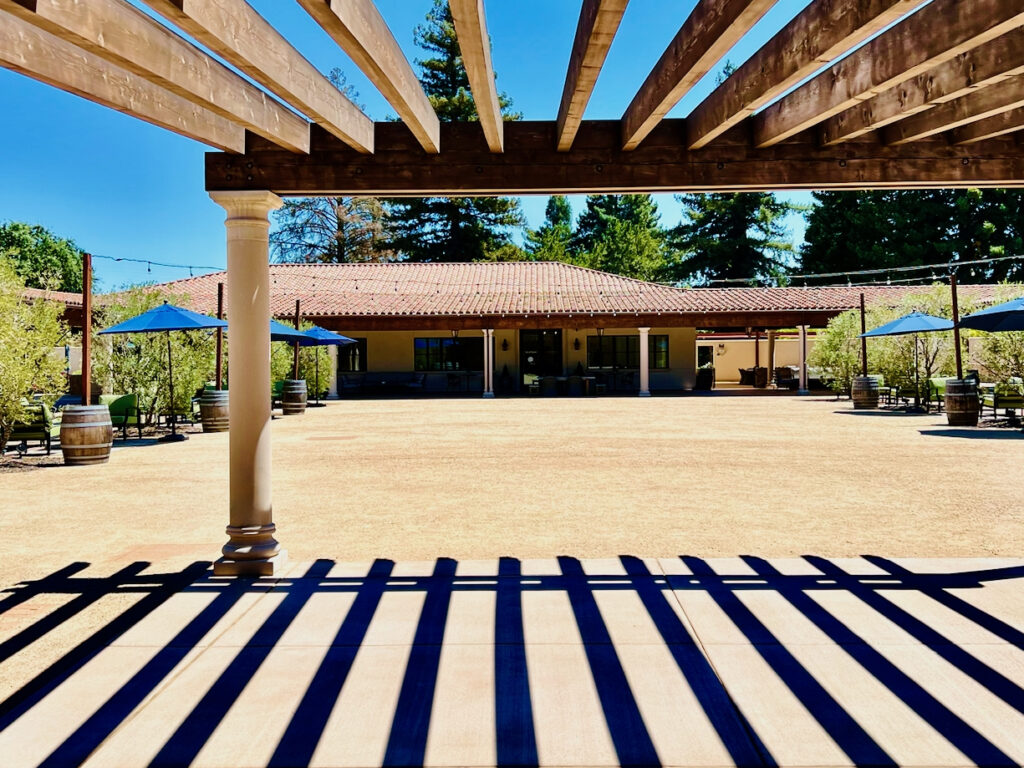
Bacchus Landing presents events like Live Music on the Piazza on the some Saturdays (noon–4 pm) and occasionally other days, and the individual wineries also host special gatherings. The Holiday Bazaar in early December showcases locally made food and other products.
Why go: small brands with compelling stories; wines worth seeking out; convenient to U.S. 101 and downtown Healdsburg.
Info
14210 Bacchus Landing Way, off Westside Rd., Healdsburg 95448
More Healdsburg Wineries and Tasting Rooms
Aperture Cellars Winemaker Knows a Lot About the Little Things
It’s a Families Affair at Bacchus Landing Tasting Collective
Medlock Ames Tackles Climate Change with Enhanced Vineyard Practices
Restaurant Suggestions
Healdsburg Restaurants Cheat Sheet
More About Sonoma County
Sonoma County Barrel Auction 2024 Highlights
Sonoma County Basics
Sonoma County Vineyard Walks
Sonoma Pinot Noir Day Trip
This story originally appeared in September 2021. It was most recently updated in 2025.

Pingback: ACORN Winery – Daniel Mangin
Pingback: 34 Napa and Sonoma Wineries for Every Mood, Taste, and Budget – Daniel Mangin
Pingback: Arista Winery – Daniel Mangin
Pingback: Two Favorites from En Garde Winery – Daniel Mangin
Pingback: Join the Virtual Parade at Flambeaux Wine – Daniel Mangin
Pingback: STORY INDEX BY REGION – Daniel Mangin